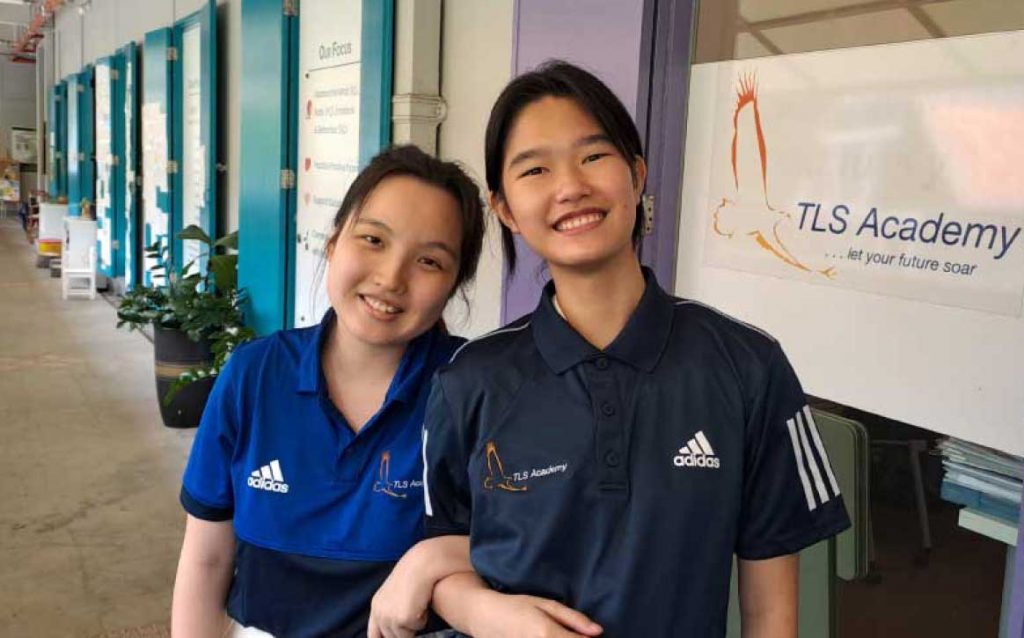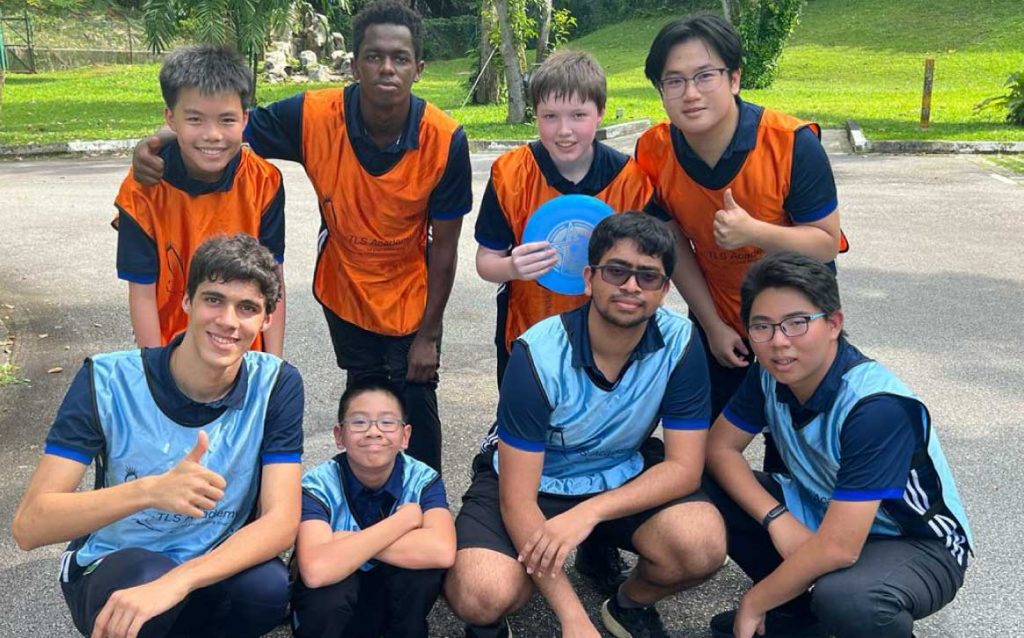Imparting not just raw knowledge, but a cohesive learning methodology should be the primary goal of any learning program.
Throughout the history of modern education, many approaches have been tried to that end, including the still pervasive classroom-based, teacher-led model where the pace of learning is mostly up to the instructor.
However, an alternate methodology exists and has been gaining significant traction during recent years – that of self-paced independent learning. This article is going to examine the unique characteristics and features of self-paced learning with the aim of explaining why it is an effective tool for the next generation of students.

What is Self-Paced Independent Learning?
In simple terms, self-paced independent learning is an approach that affords maximum freedom to the student as to their own pace (or rate) of absorbing the material assigned to them.
Within a self-paced independent learning framework, students can usually dictate for themselves, not just the rate at which they complete any particular task, but also the order and structure of the assignment as a whole. They may also freely revise and re-assess their work in a non-linear manner as they please.
In the past, only some examples of self-paced independent learning garnered widespread attention and use within conventional education. For instance, guided self-learning textbooks have been a popular tool in some fields such as language instruction.
However, it is with the onset of the global pandemic and the resulting industry-wide shift towards a digital, web-based learning infrastructure that self-paced independent learning has come to the forefront.
The Benefits of Self-Paced Independent Learning
Self-paced independent learning is full of potential advantages for students, parents, guardians, and teachers. The following section will examine some of the most significant benefits of incorporating this method of learning into an existing curriculum.
Students Will Develop an Ownership of Learning
The concept of student ownership of their learning is based on the notion that students are more motivated, more successful, and overall present a better performance record if they are convinced of both the value of their work as well as their own capability to accomplish it.
Self-paced independent learning can help students acquire this sense of responsibility and ownership and strengthen it if already present.
This has innumerable advantages in and of itself. Students who take ownership of their learning have been shown to engage more with their peers and instructors, to do more of their research, and to go further in trying to deal with challenging material compared to those who do not.

Provides Students with the Freedom to Use Various Models of Learning
Students also tend to perform better when they are offered a variety of learning models to freely select between in the pursuit of their own self-paced learning goals.
In other words, there is a strong positive correlation between the degree of freedom in learning and the amount of actual knowledge gained, all else being equal. Self-paced independent learning, compared to traditional approaches, affords students a much higher diversity of methods and models to use to suit their own needs.
For instance, students attending online courses may rewind, fast forward, replay, and deal with each lesson at a preferred pace and order that suits them best.
This can compensate for individual differences in detail knowledge and attention span, as well as variances in how much information a student can retain within a certain time frame.
Helps Students Gain Greater Awareness
Ultimately, any education program’s success should not only be measured by how much students have attained by the end of the program itself, but also by how much of that knowledge and the skills they have gained are transferable.
Students who rely too much on the kinds of supervision, feedback loops, and “hand-holding” instructional styles common in many learning models might end up lacking ambition, drive, and self-awareness in their private and professional lives.
By contrast, students who are exposed to a self-guided and independent learning model early on are statistically much more likely to exhibit a certain sense of awareness that helps them navigate complex obstacles with greater ingenuity and confidence.
Promotes Exploration of New Skills Among Students
Helping students amass the momentum to acquire new skills – especially those outside of the prescribed curriculum – is a major goal of any educational program. Once again, self-paced independent learning excels in this regard.
Allowing students to have a say in their own pace and form of acquiring new material, also brings them closer to fully understanding their individual learning styles and modalities.
For example, students might, through experimentation as part of the self-paced learning process, discover that visual learning brings the most consistent results for them.
Others may through the same process of experimentation and practice discover themselves to be auditory learners, responding the best to spoken or recorded instruction.
Yet other types of students might be capable of expressing their maximum learning potential through touch (so-called kinesthetic learners) or through reading and writing.
Taking that into account, they can then apply this lesson to future situations and make it easier for themselves to learn new skills independently. This can also reduce frustration and boredom early on in the learning process.
Improves Self-Regulation
Studies have demonstrated that student self-regulation is a major factor in overall educational achievement. “Self-regulation” in this context refers to the ability to engage with the learning process in a proactive way.
Self-regulated students assess the material they are shown with scrutiny, curiosity, and a high level of agency. They can coordinate with themselves and each other to solve problems and complete tasks, without requiring explicit instructions to do so.
Often, self-regulated students will come up with innovative strategies and methods for achieving their learning goals. Especially given this crucial aspect of student self-regulation, it should come as no major surprise that the independent method of learning has a major positive influence on self-regulation.

How TLS Academy’s Curriculum Incorporates Self-Paced Independent Learning
At TLS Academy, we believe in the potential of each student to become lifelong and independent, curious learners. To promote this goal, our curriculum incorporates a variety of elements that foster self-paced independent learning.
Instead of bulky, opaque textbooks, we utilize PACEs – small, approachable, appropriately-portioned chunks of mostly text-based material. We allow our students to approach these PACEs through the help of self-instructional exercises contained within each.
We also use a variety of modern media to enhance the self-guided learning experience, including DVDs and online video materials. Each subject in our courses is divided into twelve levels. Each of the levels themselves contains twelve PACEs, meaning that complete mastery of a whole subject always comes out to 144 PACEs in total.
In terms of content, this curriculum is broadly equivalent to that of a traditional school environment. Likewise, the whole track from elementary to high school graduation is expected to take about twelve years.
However, as TLS Academy allows its students to truly design and continuously adapt to the pace of their learning, this timeline is never fixed. We strive to maintain an environment where every student leaves TLS Academy with the same, solid foundation of knowledge but on their terms.
We also assist students in setting their own, individual learning goals both on a short-term as well as a long-term basis. Regular check-ups ensure that each student can meet these goals. In the case of subpar performance, they also help reveal and address possible issues.
Why Self-Paced Independent Learning is the Right Choice
The latest study in educational research suggests that the freedom to set and chase their own goals is what allows students to perform at their best. This freedom also helps them retain knowledge and apply it to future obstacles later in life.
Self-paced independent learning approaches are healthy, organic, and impart information more efficiently both in the short and the long term. They also help account for individual variances in learning styles, speeds, special needs, and many other factors that traditional models tend to neglect.
It is for these reasons that TLS Academy is proud to be offering a program that is wholly incorporating these principles to better support and foster a brighter future for our students.
